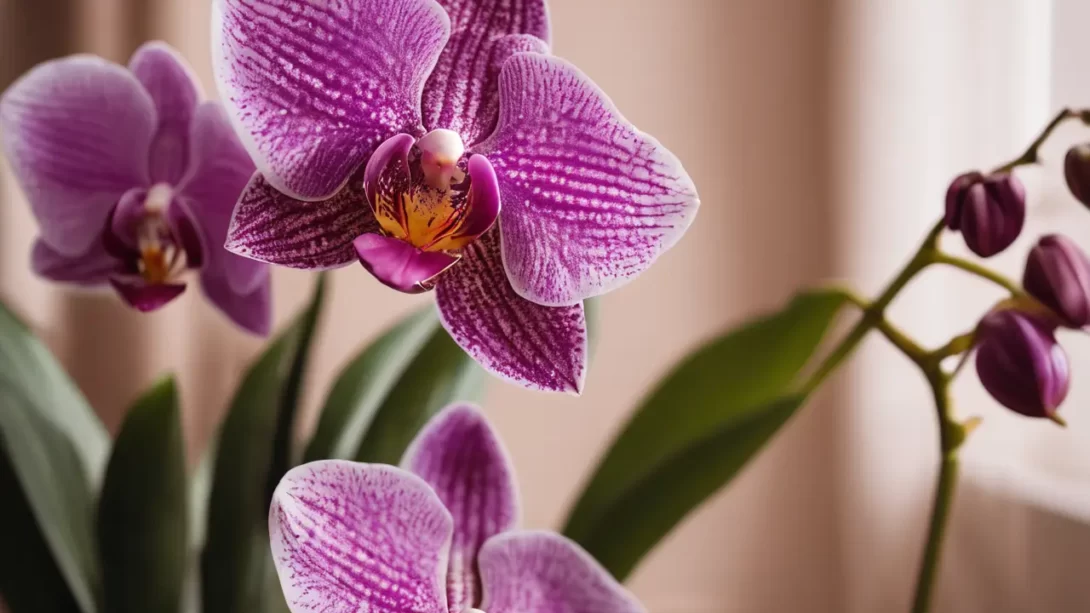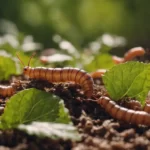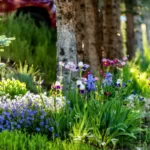Orchids, belonging to the diverse Orchidaceae family, are often celebrated for their stunning visual appeal. These exotic plants are synonymous with beauty and elegance in the floral world. However, a less explored aspect of orchids is their potential for fragrance. Unlike roses or jasmine, orchids are not commonly recognized for their scent, leading many to wonder: Do orchids have a fragrance?
Diversity in the Orchid Family
The orchid family is vast, encompassing over 25,000 species spread across the globe. This immense variety means that orchids come in an array of shapes, sizes, colors, and yes, scents. While some orchids are entirely scentless, others possess a subtle or even a rich fragrance. This diversity is a result of their adaptation to different environments and pollinators. Orchids have evolved not just to attract human admirers with their beauty but also to appeal to specific pollinators through their unique scents.
Orchid Fragrance
The fragrance of an orchid is a complex characteristic, influenced by the plant’s genetics and its environment. These scents are produced by various chemical compounds in the flowers, designed to attract pollinators like bees, birds, and even certain mammals. The fragrance can vary significantly from one orchid to another. Some emit a gentle, sweet aroma, while others can produce a more potent or even spicy scent. Interestingly, the fragrance of an orchid can also change based on the time of day, with some scents intensifying in the morning or evening to align with the activity patterns of their preferred pollinators.
Examples of Fragrant Orchids
There are several orchid species known for their delightful fragrances, each with a unique scent profile. For instance, the Phalaenopsis orchids, commonly known as “moth orchids,” often have a light, pleasant aroma. The Cattleya genus, sometimes referred to as the “queen of orchids,” is famous for its vanilla-like fragrance, a favorite among orchid enthusiasts. Another notable example is the Vanda orchids, which can range from sweet to spicy in scent. The Dendrobium orchids also offer a variety of fragrances, with some species exuding a citrusy aroma. Each of these fragrant orchids showcases the remarkable diversity within the Orchidaceae family.
Factors Affecting Orchid Fragrance
Several environmental factors can influence the intensity and quality of an orchid’s fragrance. Light is a crucial element; adequate but not excessive light exposure can enhance an orchid’s scent. Temperature plays a significant role as well, with some fragrances becoming more pronounced at certain temperatures. Humidity, too, can impact the volatility of the aromatic compounds, affecting how the scent is perceived. Additionally, the age of the orchid and the specific stage of its bloom cycle can alter its fragrance. Some orchids only release their scent during a particular part of the day, usually timed with the activity of their natural pollinators. Understanding these factors is key for those looking to enjoy the full aromatic experience of their orchids.
Growing Fragrant Orchids
Cultivating fragrant orchids can be a rewarding endeavor for any plant enthusiast. When selecting orchids for their scent, it’s important to research and choose varieties known for their fragrance. Proper care is essential in nurturing these aromas. Providing the right balance of light, water, temperature, and humidity is crucial. Additionally, a well-draining potting mix and appropriate fertilization can promote healthy growth and flowering. Regular care, including pruning and repotting, also plays a role in maintaining the plant’s vitality and, by extension, its fragrance. For those new to orchids, starting with a more resilient and fragrant variety, like certain Phalaenopsis or Dendrobium species, can be a good introduction.
Orchid Fragrance and Pollination
The fascinating aspect of orchid fragrance is its role in pollination. Orchids have developed their scents to attract specific pollinators. For instance, some orchids mimic the pheromones of female insects to lure male pollinators. Others produce sweet aromas to attract bees or birds. This intricate relationship between orchid fragrances and pollinators underscores the evolutionary ingenuity of these plants. Understanding this can deepen one’s appreciation of orchids, adding an ecological perspective to their cultivation and enjoyment.
Experiencing Orchid Fragrances
For those interested in experiencing the range of orchid fragrances, visiting a botanical garden or an orchid show can be enlightening. These venues often provide the opportunity to explore various orchid species and their unique scents. Additionally, joining orchid societies or clubs can offer valuable insights and hands-on experiences with fragrant orchids. Orchid enthusiasts can share their knowledge about the best varieties for fragrance and how to care for them effectively.
Conclusion
Orchids, with their enchanting fragrances, offer more than just visual beauty. They invite us into a world of diverse aromas that can enhance our appreciation of these remarkable plants. From the subtle to the intense, orchid fragrances add another dimension to the joy of growing and observing these botanical wonders. Whether you are a seasoned orchid grower or a newcomer to the world of orchids, exploring the fragrant varieties is a delightful journey that enriches the orchid experience. Remember, the world of orchids is vast, and each variety has its unique charm and fragrance waiting to be discovered.




